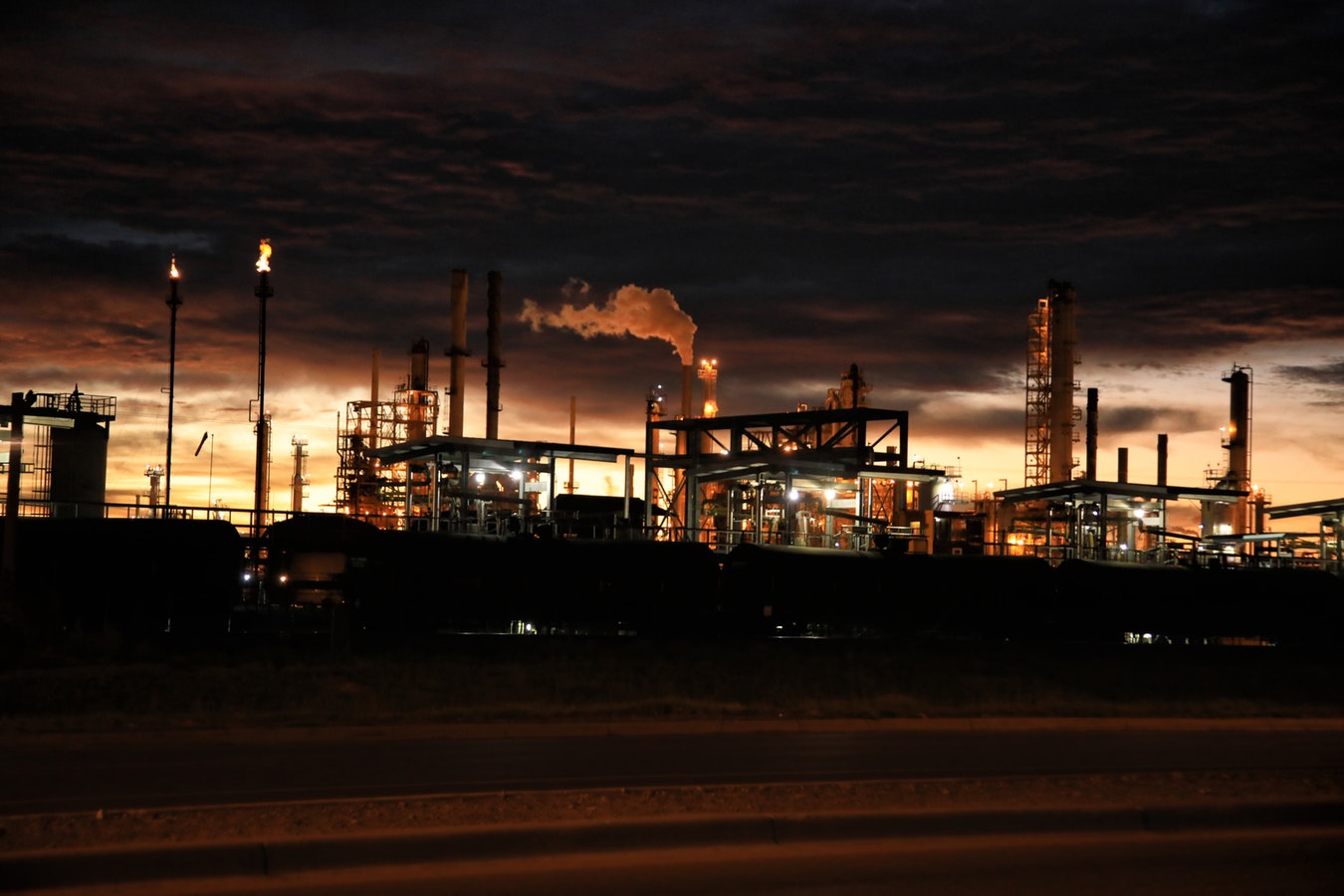
Unlike most modern inventions, we can track the history of warning signs all the way back to the prehistoric era. Many cave drawings, hieroglyphics and druidic symbols can all be traced back to some sort of warning sign, much like warning and hazard labels today.
The Romans were the first to adopt warning signs for roads, using stonework to measure road distances and hazards. Medieval times had them too - tradesmen of all descriptions required stone tablets outside of their businesses in order to qualify for a licence. It turns out warning and caution signs have carried the same meaning since our earliest days. They’re just easier to understand now with an easy-to-understand key!
Warning Signs in the Early Twentieth Century
Warning and hazard signs, truly entered the public consciousness with the invention of cars and the increase in transport. This standardisation of road signs had a domino effect which changed the world of the warning sign.
As the years went on, signs and labels in the UK began to mimic the standardisation and uniformity of roadside signs, and as the HSE (Health and Safety Executive) matured, more and more acts were passed. This pushed a variety of standardised signs and labels into the workplace.
Acts such as the Agriculture (Safety, Health and Welfare Provisions) Act 1956 and Health and Safety at Work etc Act 1974 lay the foundation for proper labelling and health and safety in agricultural and industrial industries.
The HSE continued work well into the latter half of the twentieth century, with one of the most famous signs, the green fire exit sign, invented in 1980.
Modern Warning and Caution Signs
The set of regulations we follow today are the Health and Safety (Safety Signs and Signals Regulations) 1996. This guidance is followed by all European Union member states so that language barriers do not affect the understanding of a health and safety sign.
These regulations define the purpose of warning and caution signs as ‘signs used to make people aware of dangers’. These signs may need to follow specifications outset by the Dangerous Substances (Notification and Marking of Sites) Regulations 1990.
So, how can you easily decipher the meaning of a modern health and safety sign?
The Five Health and Safety Signs and Their Meanings
There are five main types of warning signs. Once you understand what these are, their accompanying pictograms make it easy to understand exactly what danger lies ahead. The five types are as follows:
Prohibition Signs
Prohibition signs tell you not to do something. This might include no entry signs, no smoking signs, and other banned behaviours. These signs take the form of a black pictogram depicting the prohibited action, overlayed by a red circle with a line through it.
Mandatory Signs
The opposite to prohibition signs: mandatory signs depict behaviours that must be carried out. This could include washing hands upon entering a kitchen, or wearing a high-visibility vest in a warehouse.
These signs are round and filled in completely blue, then overlayed with a white pictogram depicting the mandatory behaviour.
Warning Signs
A warning sign’s meaning is that there is something dangerous ahead. These signs simply provide caution to an area, such as warning you of anything from a high voltage to a wet floor.
These signs are triangular, and filled in yellow with a black outline. A black pictogram will then either depict the warning itself, or feature an exclamation mark with accompanying text.
Safe Condition Signs
Safe condition signs are more limited in their range, as these only apply to signs that lead to – you guessed it – a safe condition. These could be fire exit signs, assembly points, and directions to first aid equipment.
Safe condition signs are rectangular and green, with a white pictogram depicting where they lead.
Fire Equipment Signs
Although similar in messaging to safe condition signs, these signs are specifically reserved for messaging around fire equipment. For example, they might point towards a fire extinguisher or a gas shut-off point.
These signs are also square or rectangular in shape, but they feature a red background to be associated with fire.
Get Your Warning Signs from Label Source
All of Label Source’s products are in line with the 1996 Safety Signs and Signals Regulations and ISO 1710 specifications. Ensuring your workplace is up to date on safety warnings signs and their meanings is paramount.
We’re sure to have a suitable sign or label in our extensive range of warning signs here at Label Source. Do as the Romans do, and put warning signs to the forefront.